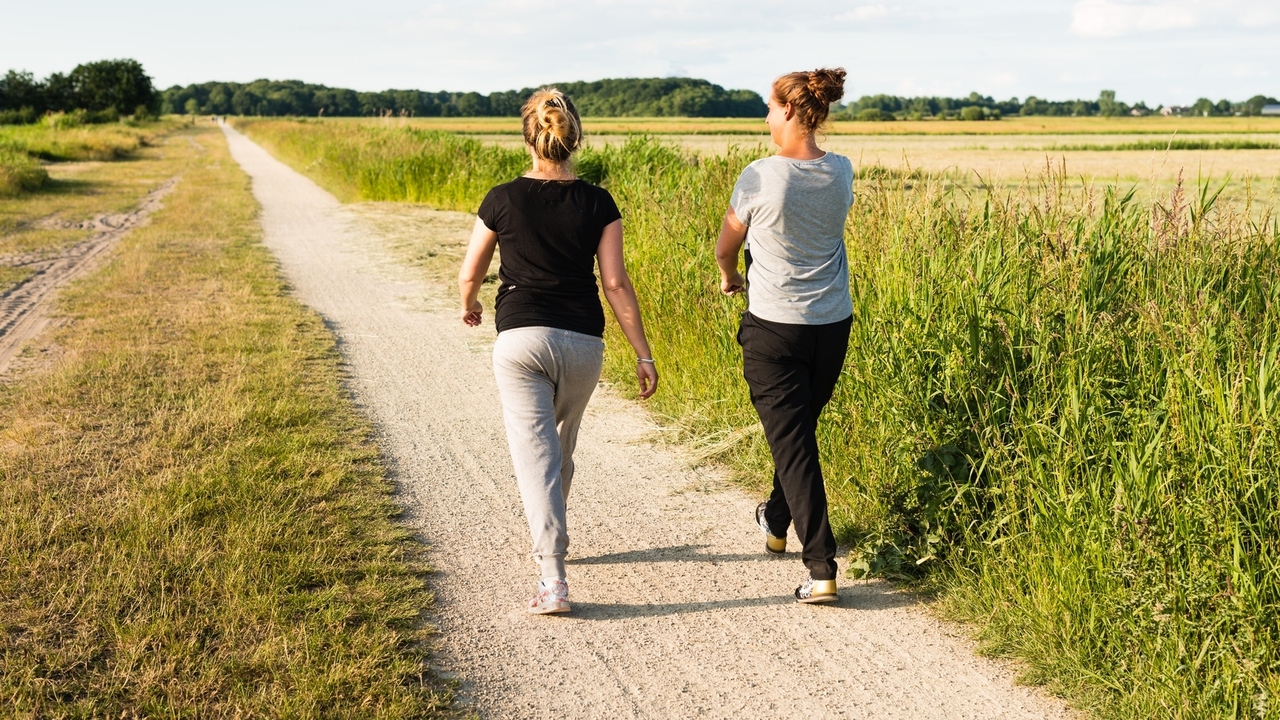 Ruud Morijn/Fotolia
Ruud Morijn/Fotolia
Your bones change throughout your lifetime, as they are continually remodeled by an absorption and formation process.
Bone density decreases as we get older. This is especially true after menopause.
Risk for osteoporosis also increases. Higher risk for osteoporosis is linked with greater chance of fractures. Americans have 2 million fractures every year due to osteoporosis.
Osteoporosis and low bone mass affects 54 million people in the United States, according to the National Osteoporosis Foundation.
Calcium and other mineral content decreases as well.
In general, bones become more fragile and vulnerable to breaking. You may become shorter as the spine shrinks.
The spine may seem to shrink. This is due to a change in the disks which are gel-like cushions between the vertebrae.
But the vertebrae change with age too. Diminishing mineral content causes bone to thin. The spine itself can change to a more curved shape, and becomes more packed together than before.
Aging can also result in the creation of bone spurs on vertebrae.
Osteoarthritis risk also increases with age. This arthritis erodes the cartilage that cushions the areas between bones.
The bones in your feet can be affected by aging, as the arch becomes less noticeable. This can also make you just a bit shorter.
Arms and legs could look longer, proportional to the torso. This is because while the spine experiences some shrinkage, the long bones in the arms and legs do not. They do become more brittle because of a lower mineral content.
Joints are less protected from friction between bones because of less fluid, as joints get stiffer.
Hips, knees and finger bones may have less cartilage. Finger bones can become thicker.
What can you do?
Calcium, magnesium and vitamin D should be included in your diet.
Exercise can protect your bones from some of this deterioration. Even moderate exercise on a regular basis can make a noticeable difference.
Joints can retain flexibility from stretching. Walking and weight lifting help increase hip and spine bone density. Both activities put stress on bones which stimulates bone growth.
A study involving 439 people with osteoarthritis aged 60 and over showed positive results from exercise. Some took part in aerobic exercise in the form of walking, while others performed resistance exercise by lifting weights for 18 months.
After that time, those who did aerobic exercise experienced a decrease in physical disability by 10 percent, and a decrease in knee pain by 12 percent.
They could go further on a six-minute walk, were quicker on the stairs, than others who had not been exercising. They were faster at lifting and carrying 10 pounds, and were quicker getting in and out of a car.
The weight-lifters had a lower physical disability score by 8 percent, and a lower pain score by 8 percent. They also traveled further on a six-minute walk than those who did not exercise, and were faster with the other tasks as well.
Don't let getting older leave you weak and prone to injury. Take action and protect your bones.
Reviewed August 25, 2016
by Michele Blacksberg RN
Aging changes in the bones - muscles - joints. Medlineplus.gov. Retrieved Aug. 24, 2016.
https://medlineplus.gov/ency/article/004015.htm
Effects of Aging. Orthoinfo.aaos.org. Retrieved Aug. 24, 2016.
http://orthoinfo.aaos.org/topic.cfm?topic=A00191
What happens to bones as we age? Medicinenet.com. Retrieved Aug. 24, 2016.
http://www.medicinenet.com/senior_exercise/page4.htm






Add a CommentComments
There are no comments yet. Be the first one and get the conversation started!